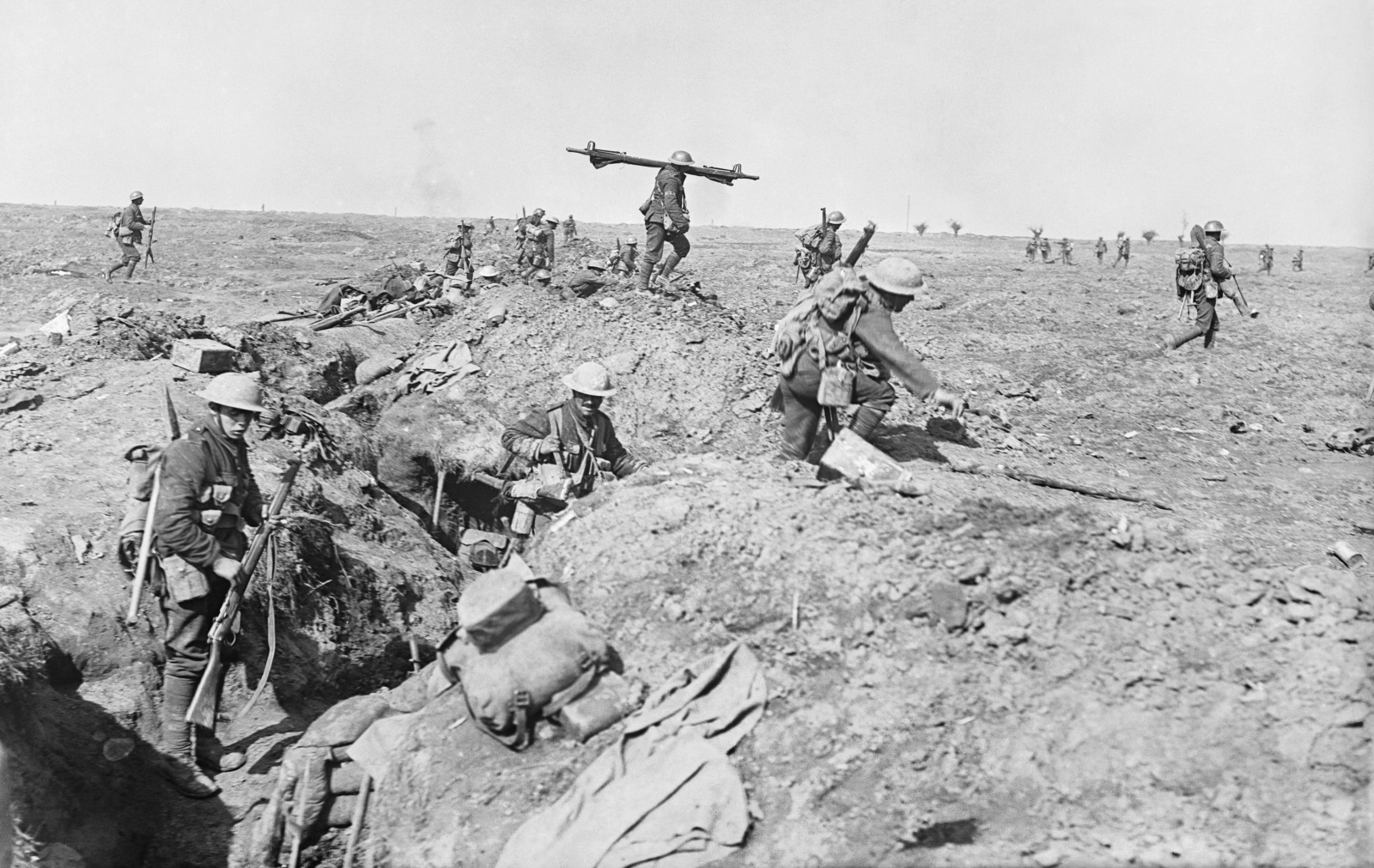





Servicemen who survived the Great War returned to a changed world. They had been psychologically damaged by the sights and sounds of years of industrial slaughter. Many returned blinded by gas and others suffered extreme physical trauma. Irish servicemen had an additional burden to contend with – the changed political landscape in Ireland.
Disillusionment with the actions of the British Army in Ireland started manifesting itself as early as July 1914 after the Howth gun running. Rifles that had been unloaded from the Asgard were being distributed throughout the city, and the King’s Own Scottish Borderers regiment were tasked with searching for the arms. Coming under a hail of stones and jeering from civilian onlookers at Bachelors Walk, they opened fire, killing three civilians and injuring forty. The stark contrast between this incident and the lack of reaction to the Ulster Volunteers’ landing of arms at Larne three months earlier did not go unnoticed - although at this stage resentment afterwards seemed to be directed solely at the Borderers regiment, and did not yet extend to the rest of the British Army.
In 1916, as the British government implemented the battlefield justice of the firing squad against the leaders of the “Sinn Fein Rebellion”, the khaki uniform became more and more synonymous with oppression and imperial aggression. Meanwhile, in Europe and in the Balkans, tens of thousands of Irishmen were fighting in the same uniform. They left to go to war cheered on by an enthusiastic population, only to be demobbed to return to a country where their service with the British army would be viewed by many as, at the very least, a mistake.
Having said that, newspaper articles around Remembrance Day in the years immediately following the war showed, in the main, a respect towards the commemoration of the Irish war dead that is surprising considering the developing political situation in Ireland:
The two minutes’ silence in recognition of the first anniversary of Armistice Day proved a markedly impressive event in Dublin yesterday... a calm and stillness pervaded the entire city that was manifestation of the feelings of the people in regard to the solemnity of the occasion.
Vehicular traffic ceased as if by clock-work on the eleventh hour being tolled; work in all big industrial concerns, commercial establishments, public offices and places of business was suspended; trains ceased running on the various railway systems; pedestrians stood still on the footpaths with hats doffed and heads reverently bowed...
Irish Times 12th November 1919
Even after independence, it would appear that ex-servicemen and the population at large were able to commemorate their war dead largely without interference. The manufacture of remembrance poppies provided employment for a large number of
disabled soldiers and sailors, and according to the Irish Times of the 12th of November 1923, 150,000 of these were sold in Ireland. According to the report, the flower was worn by policemen and Free State Army members by placing it in the bands of their caps. A body of ex-soldiers paraded freely through Dublin city to the Pro-Cathedral, along Bachelors Walk, led by a brass band.
By 1927 however, the beginnings of a backlash became more and more apparent. The Irish Independent of the 9th of November of that year carried a report of a Fianna Fáil meeting in Foster Place near College Green. The object of the meeting, according to Sean Lemass, was to protest against “displays of British Imperialism, insulting to the Irish people”. The issue was not with the commemoration of the war dead per se, but with the British Legion’s insistence on the display of the Union flag at remembrance ceremonies; a flag, according to the report, emblematic of “tyranny, rapine and ruin in Ireland”. Frank Fahy T.D. had “no quarrel with the men who wished to commemorate the memory of the dead... but such a commemoration should not... make out that the men who left this country to fight in Flanders were pro-Britishers”
The conflation of remembrance and the display of the Union flag (and by extension the wearing of the poppy) in the fledgeling Republic would ensure that Irishmen’s service in the First World War would eventually become something to be hidden, and eventually airbrushed from history.
An Irish Times report from the 11th of November 1932 described scenes of outright violence against those wearing Remembrance poppies. “Poppy-Snatching” was widespread, accompanied by violent assault on anyone wearing the symbol. Shop windows displaying poppies in Pearse Street were smashed, and there were running battles between the police and “anti-imperialist” rioters.
The presence of the British Army in Northern Ireland during the Troubles would ensure that the “national amnesia” in the south of Ireland would be complete. Remembrance was so synonymous with Ulster Unionism it became taboo south of the border.
The approach of the centenary of the outbreak of the Great War, along with a much- improved Anglo-Irish relationship that would have been unthinkable even ten years ago, has provided an unprecedented opportunity to honour the Irishmen who took up arms and went to Europe, and further afield, to fight for the freedom of small nations – including Ireland.
The pity is that no Irish Great War veteran lived to see this remarkable turnaround.
President Michael D.Higgins, in his speech in Westminster Abbey, recalled Irish War Poet Tom Kettle:
We must always remember that this brutal and tragic war laid the hand of death on every country in Europe. Kettle died as an Irish patriot, a British soldier and a true European.
President Michael D. Higgins, 31st July 2014
The speech took place at the tomb of the Unknown Warrior. It is interesting to speculate that the unknown soldier could well be an Irishman.
